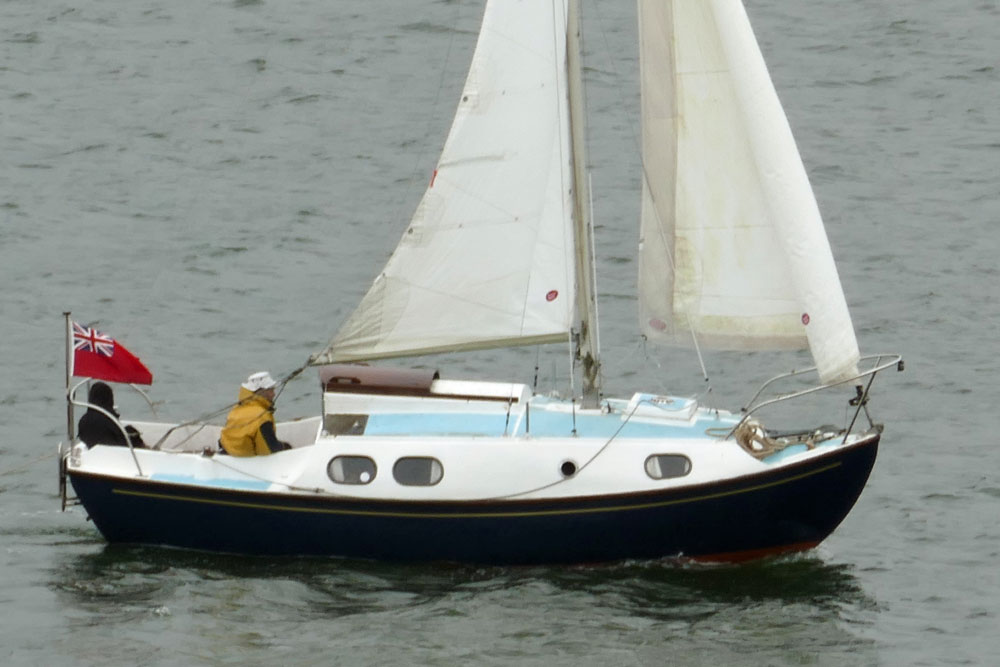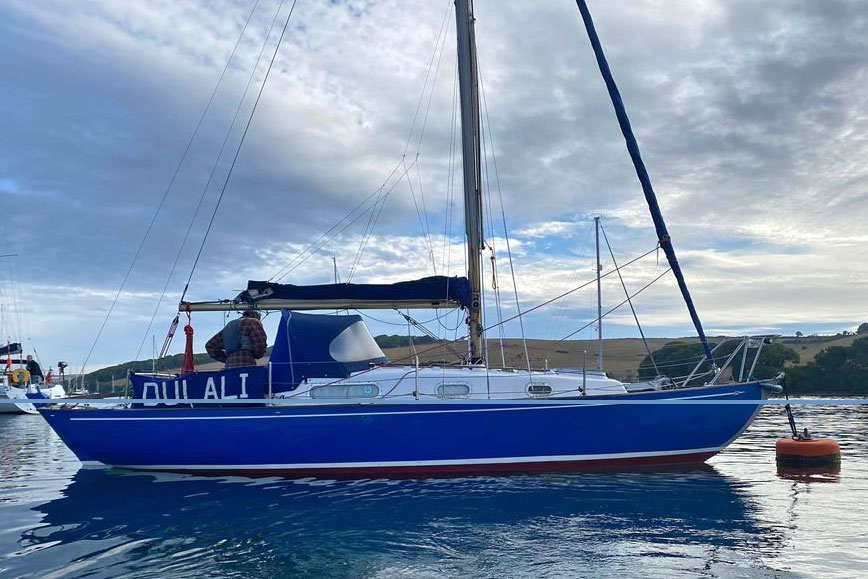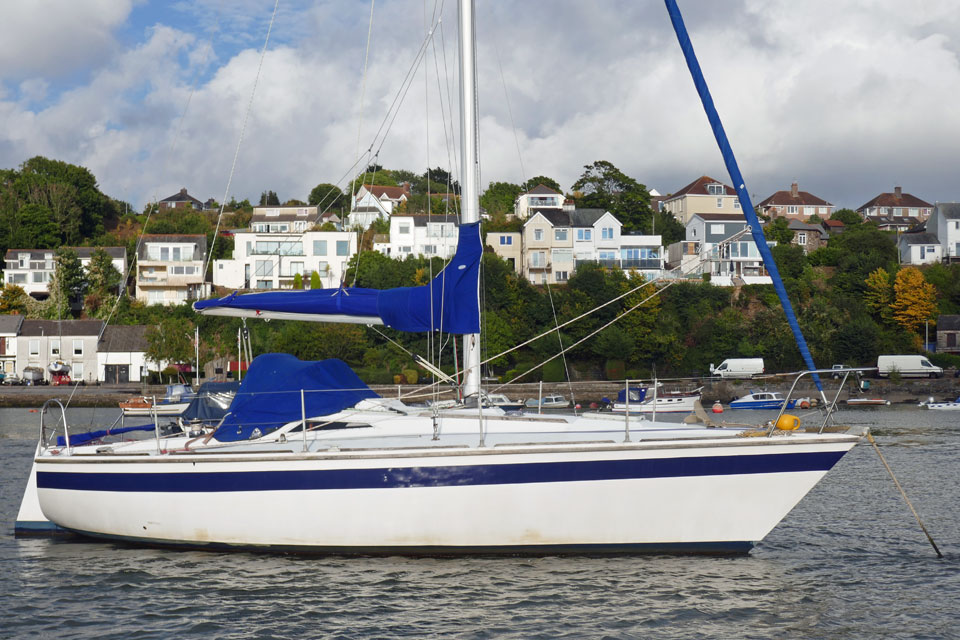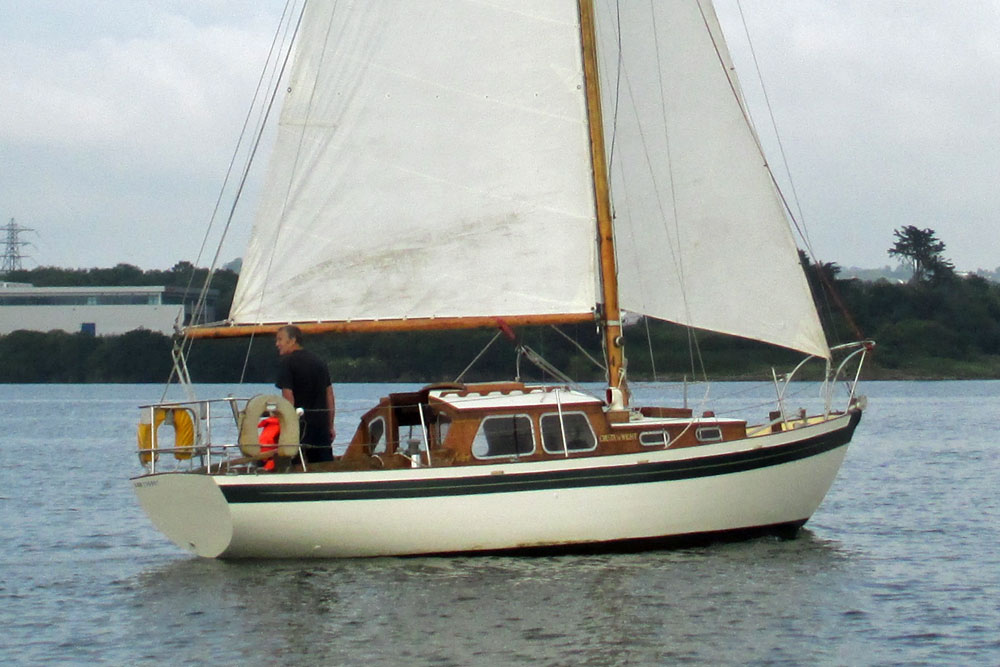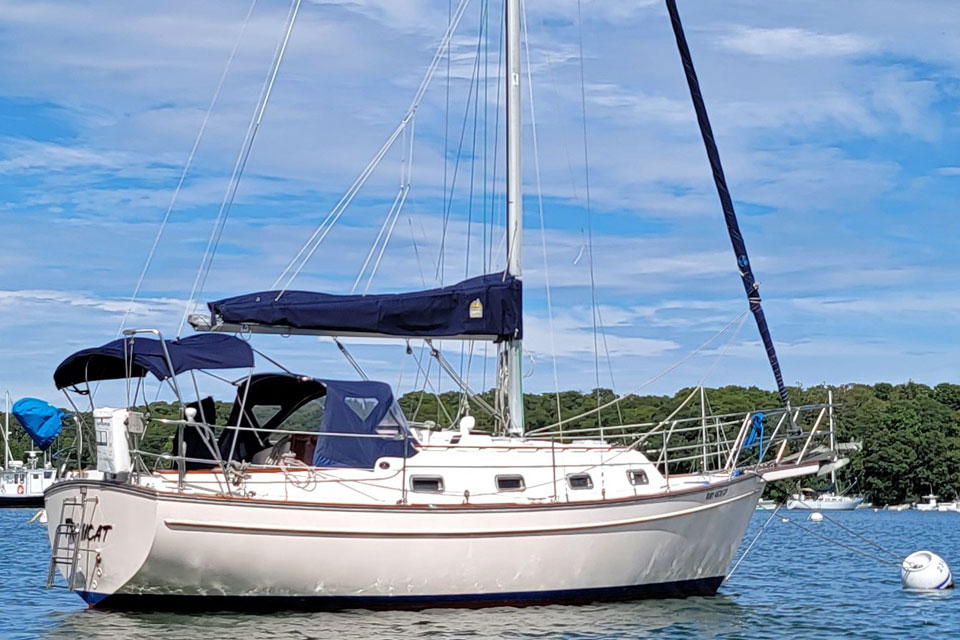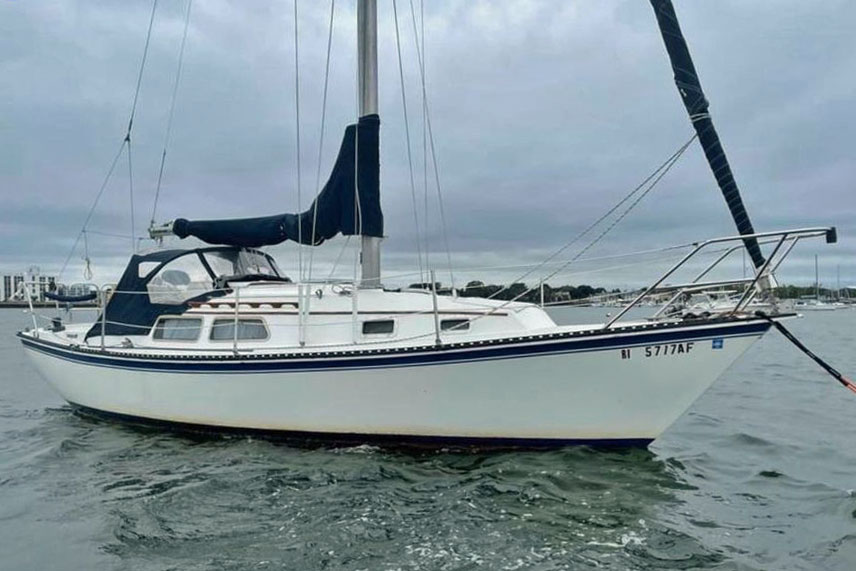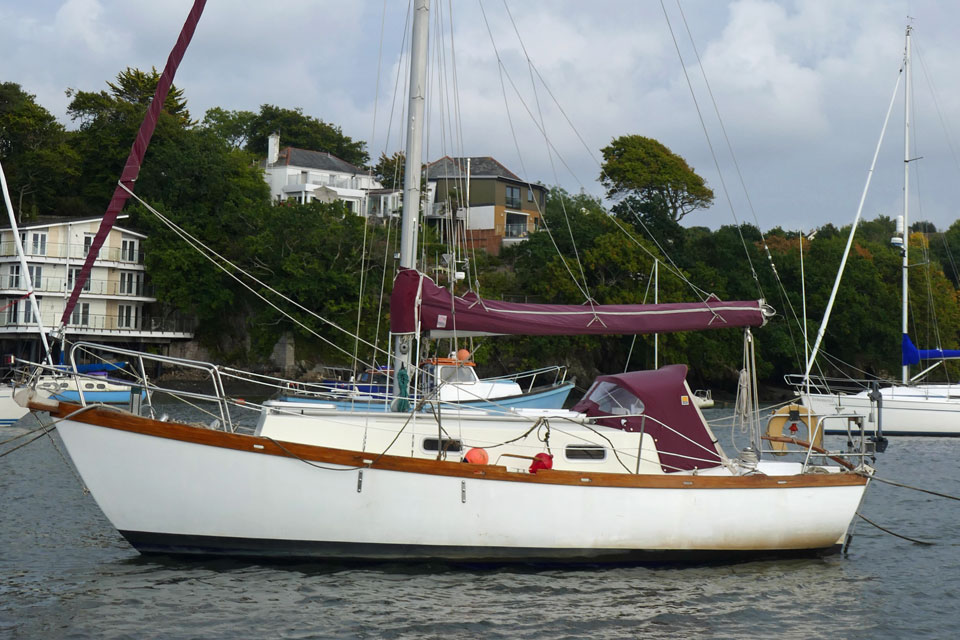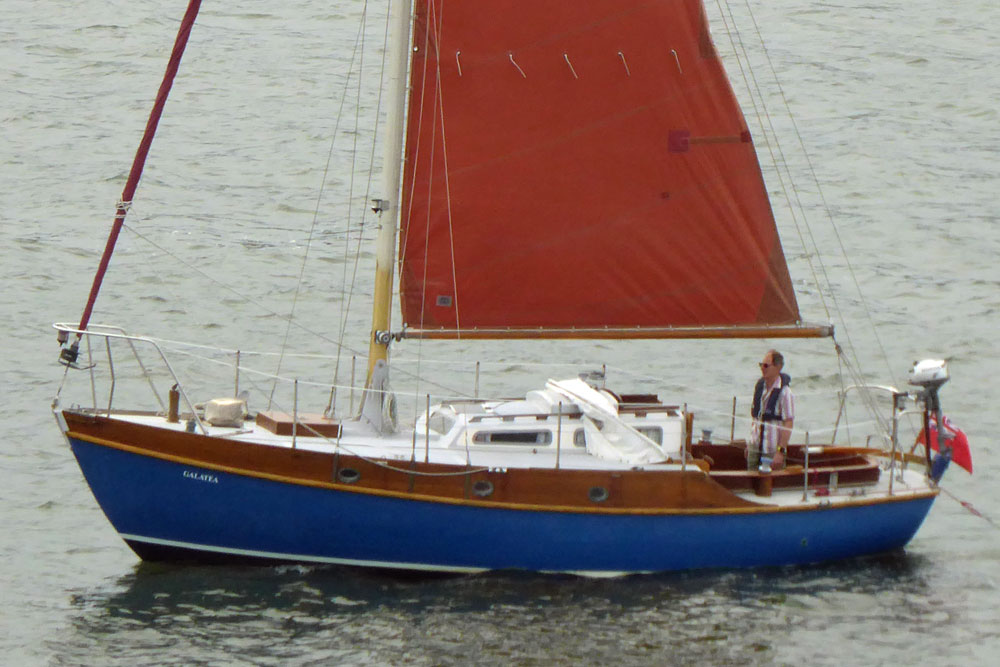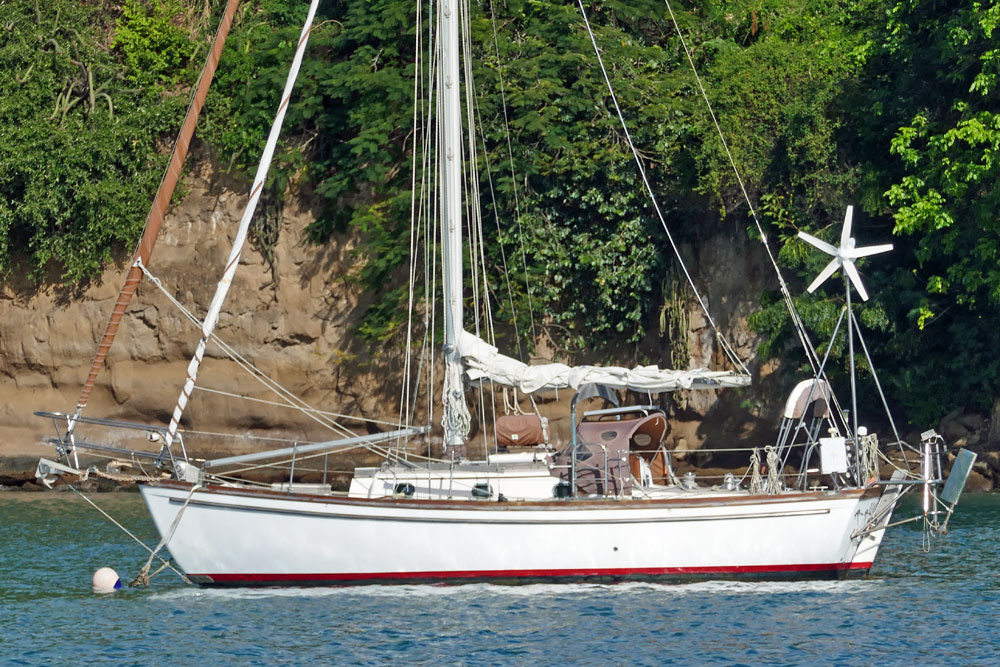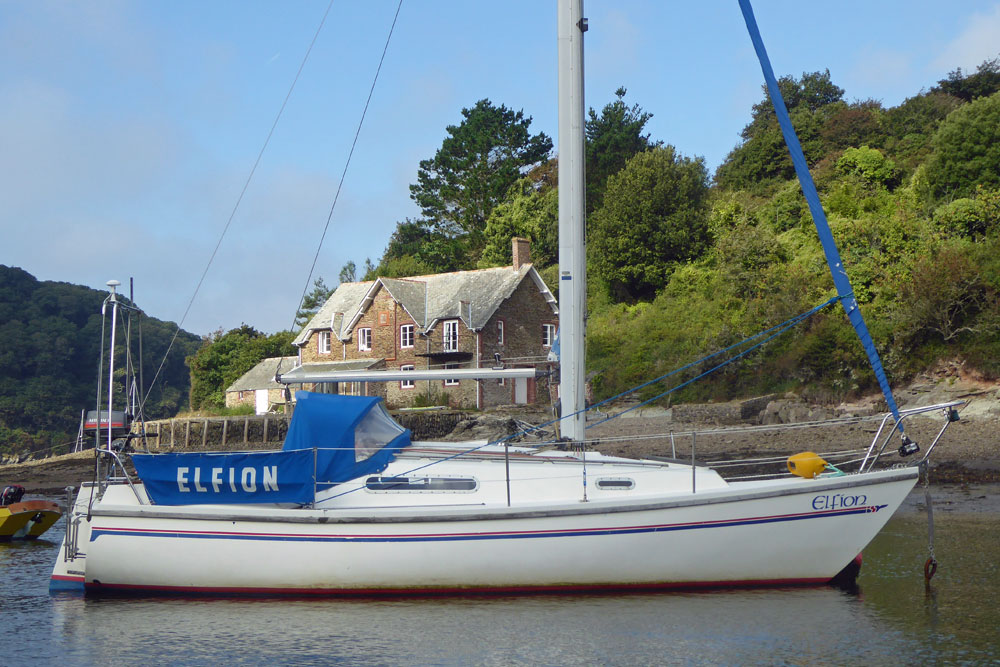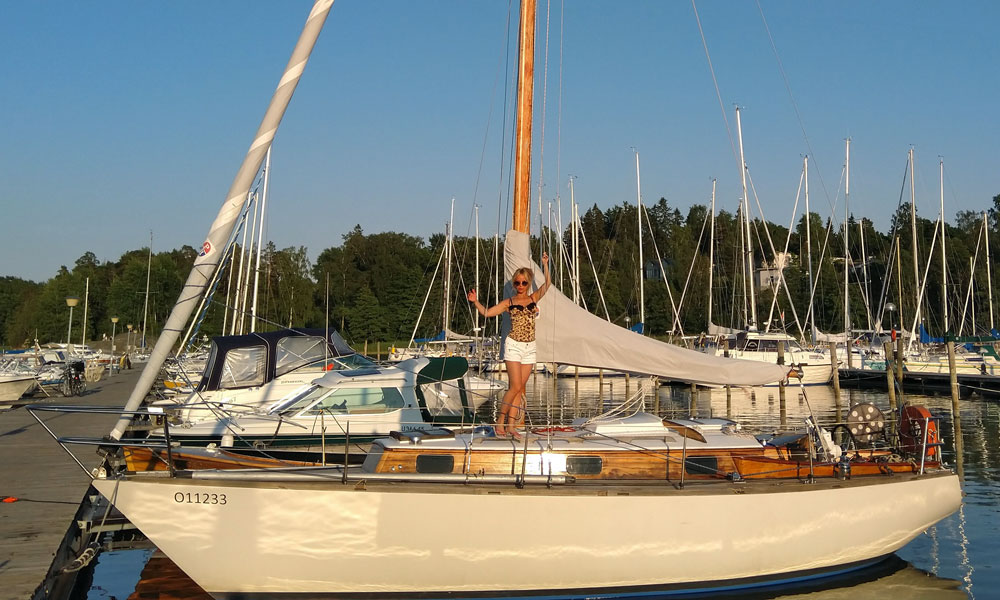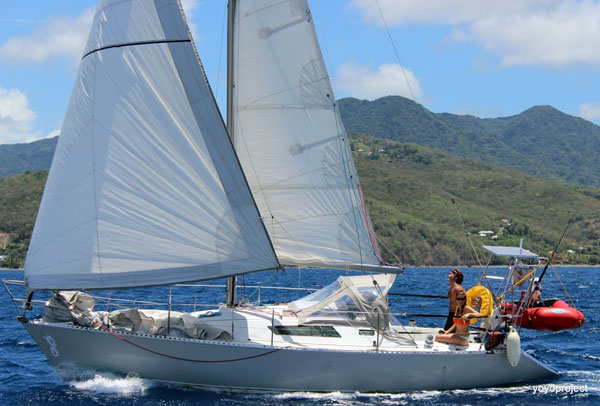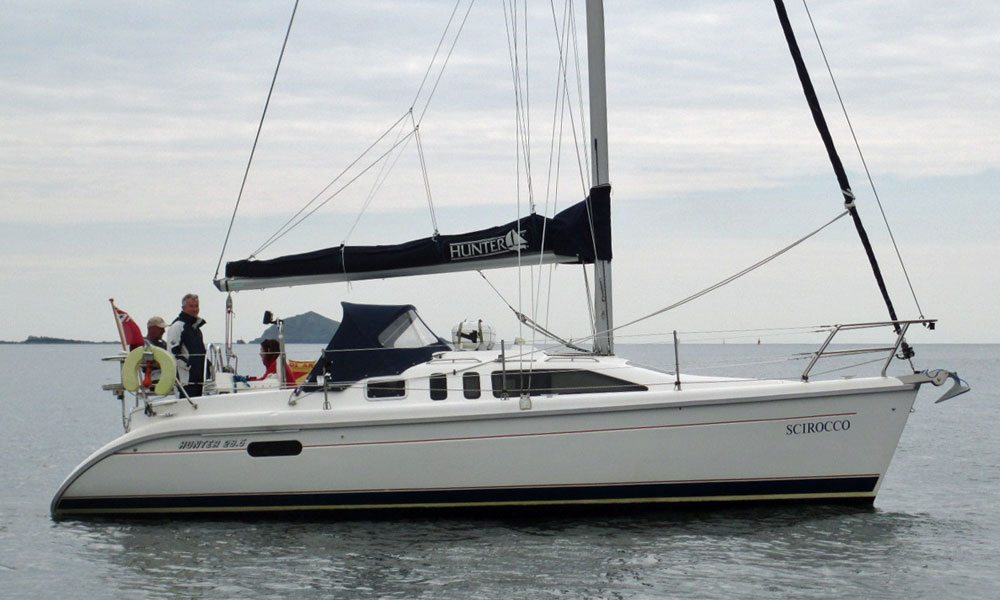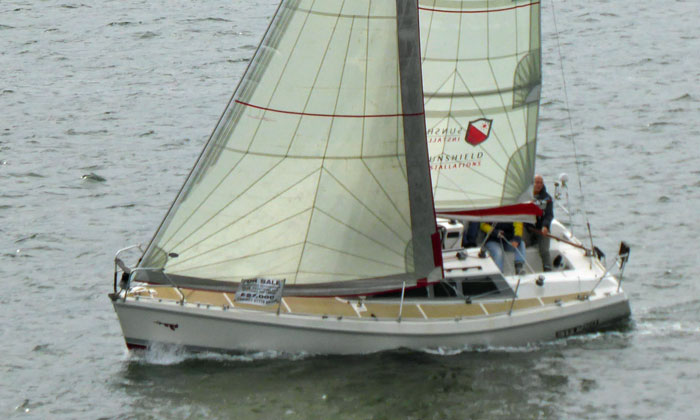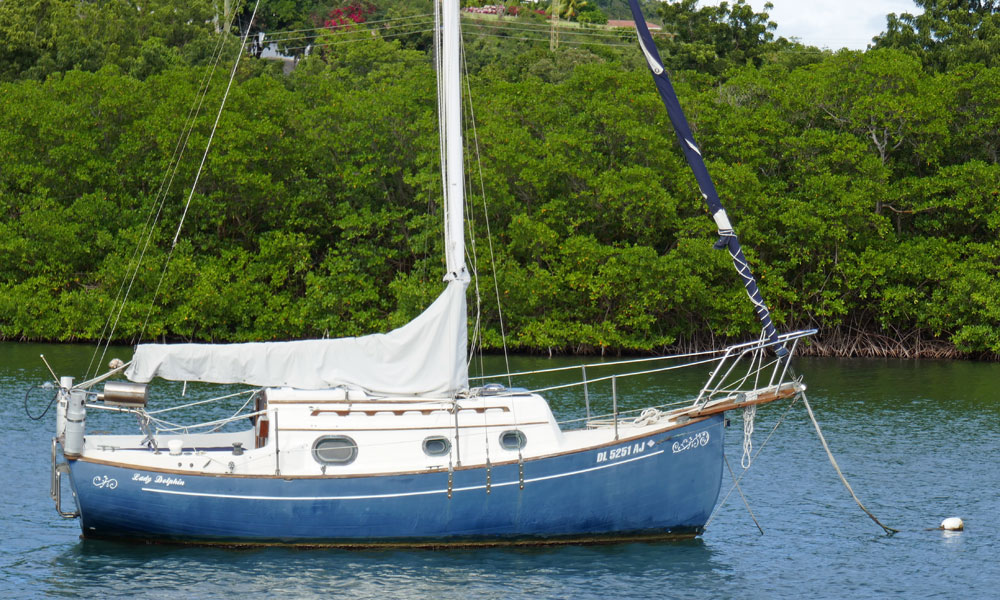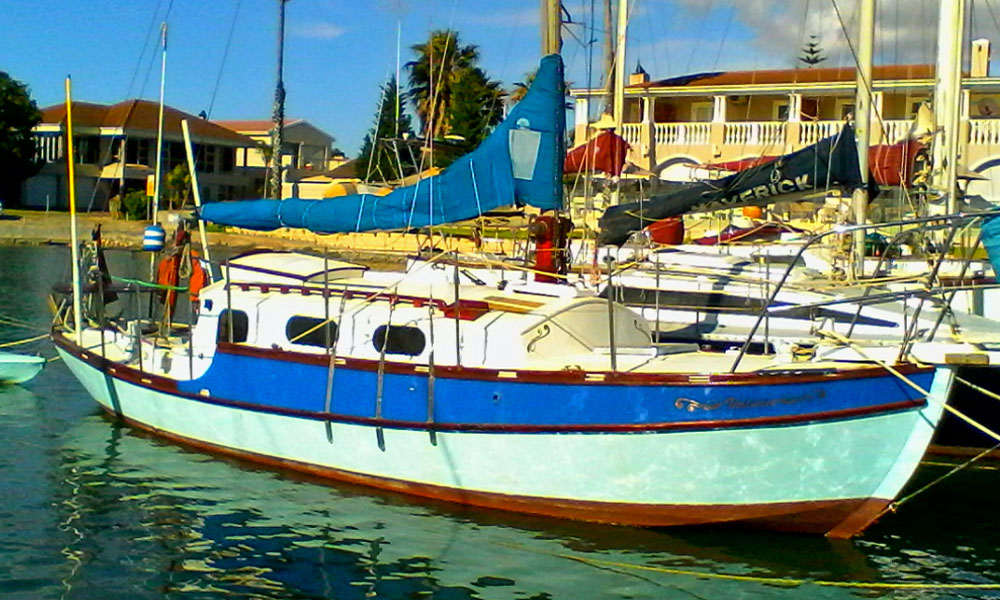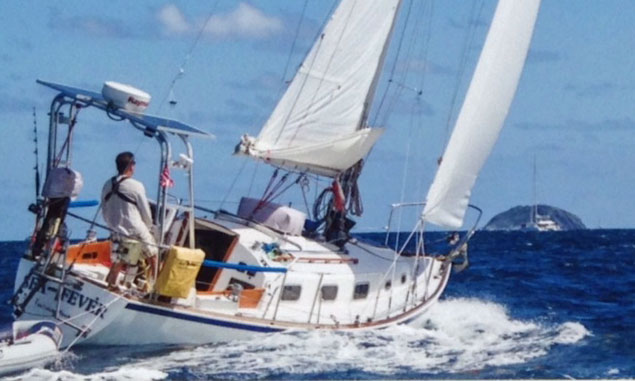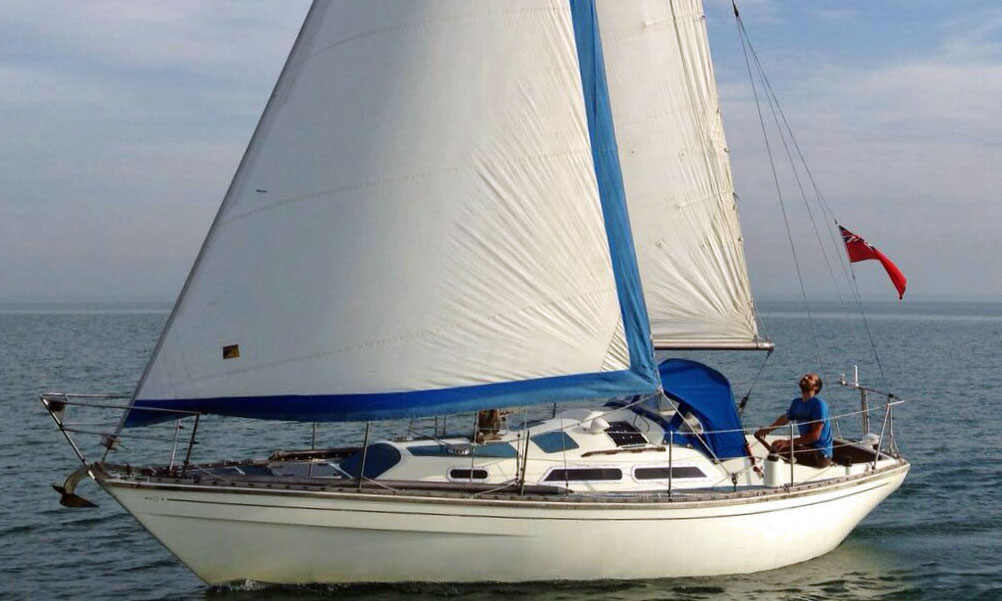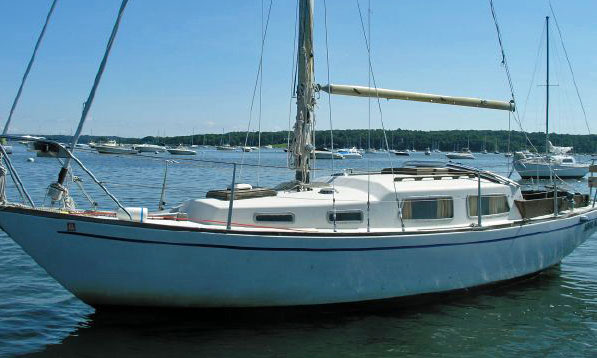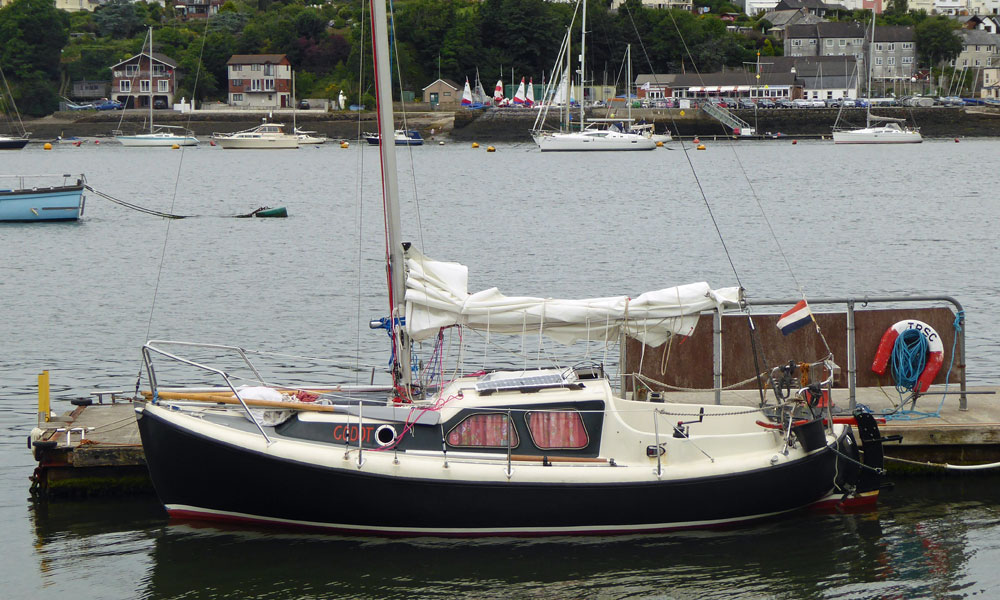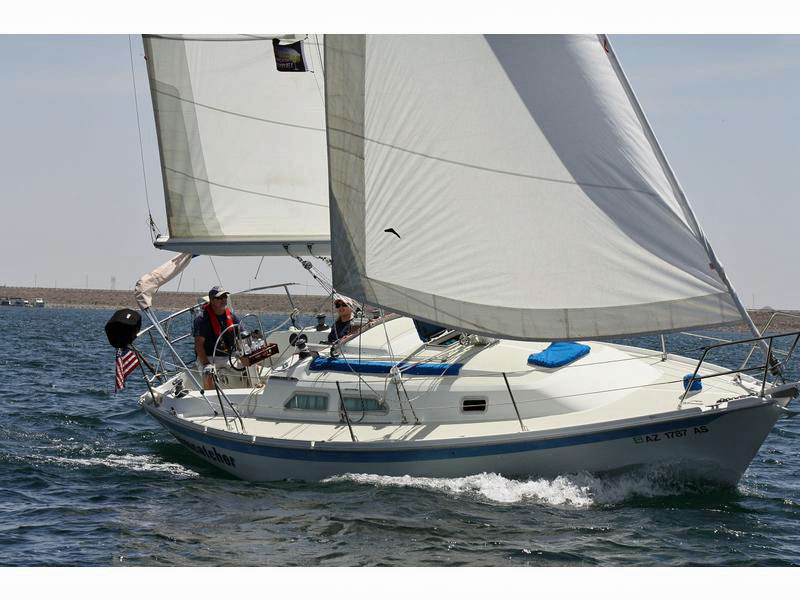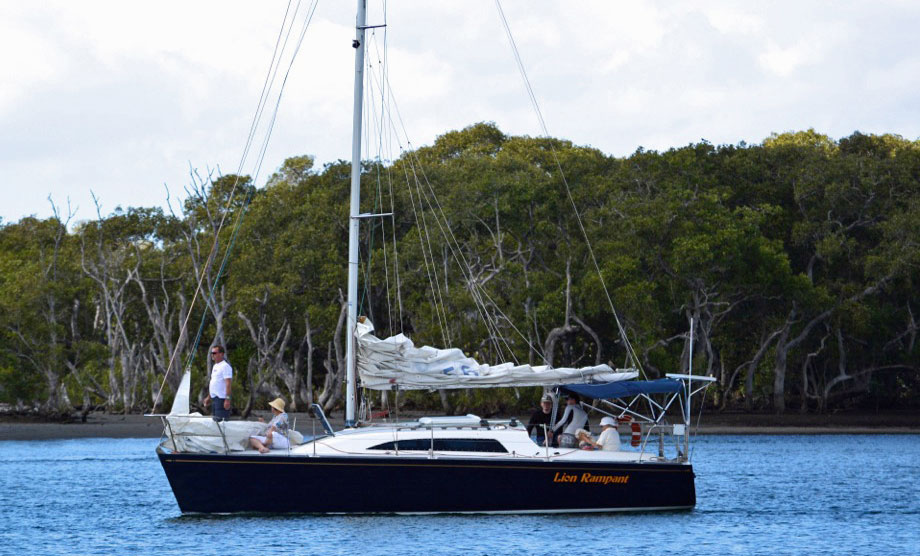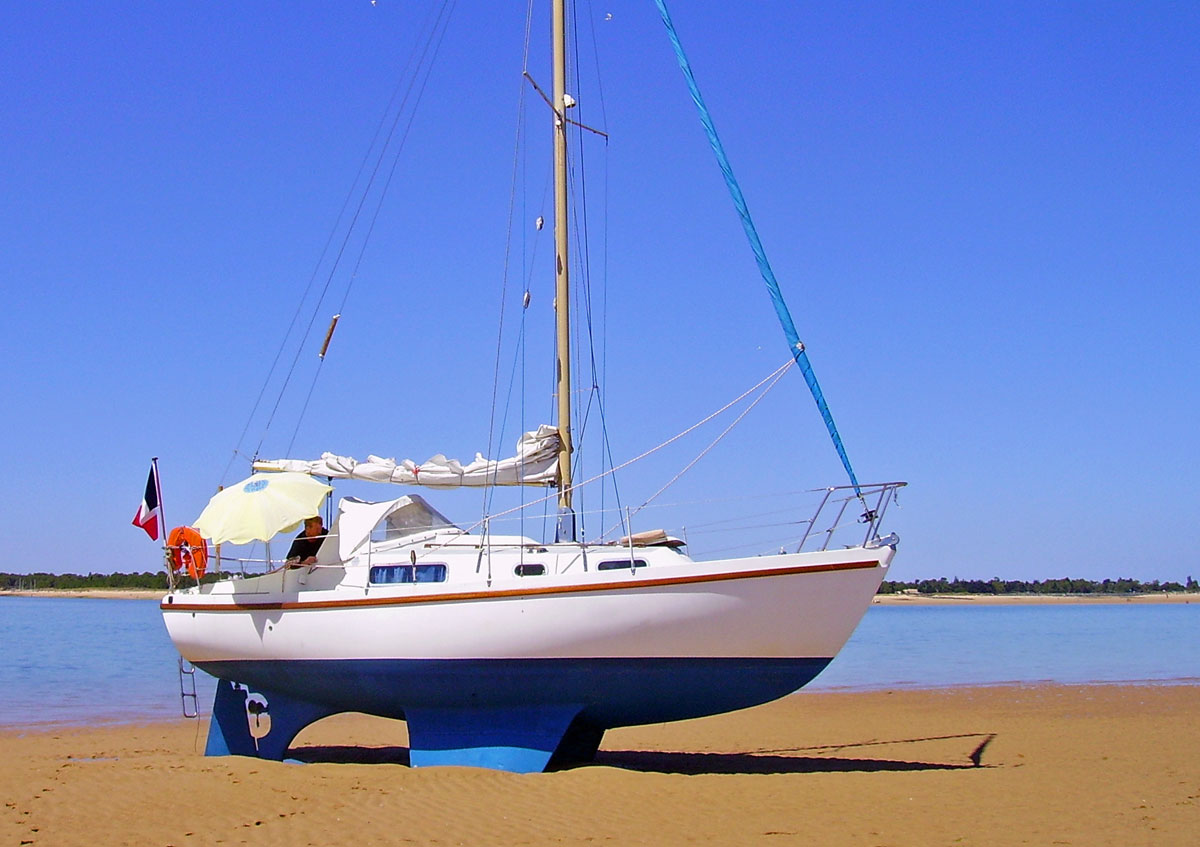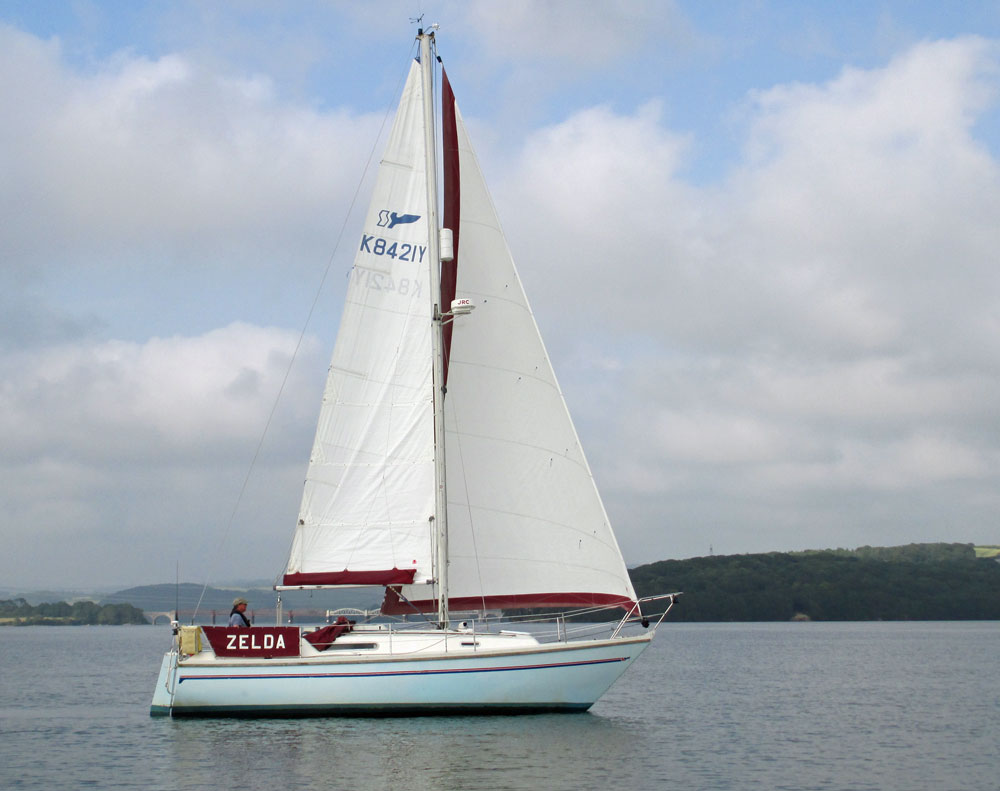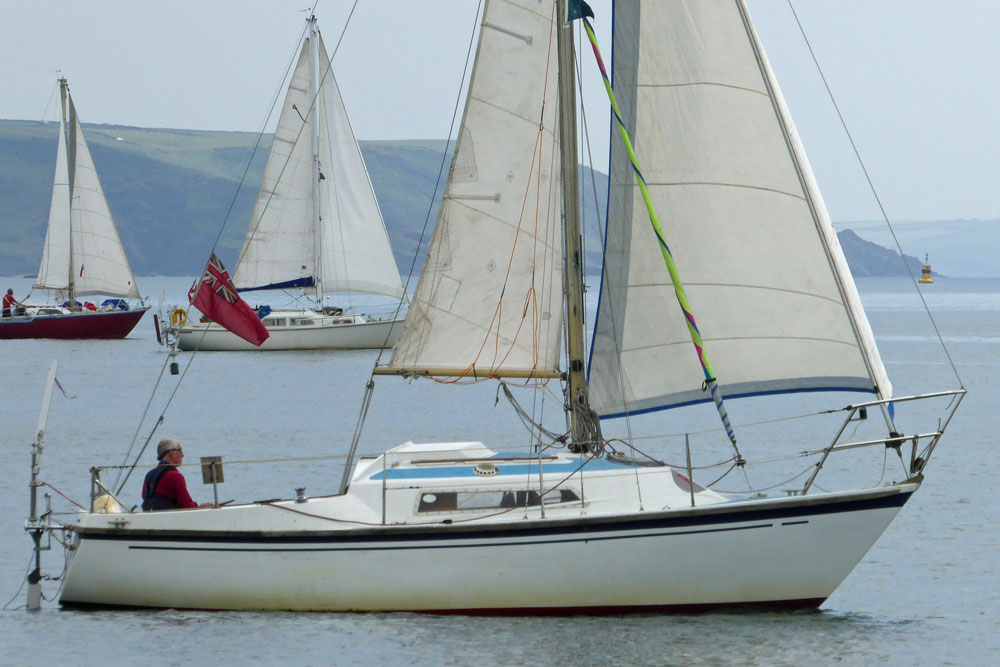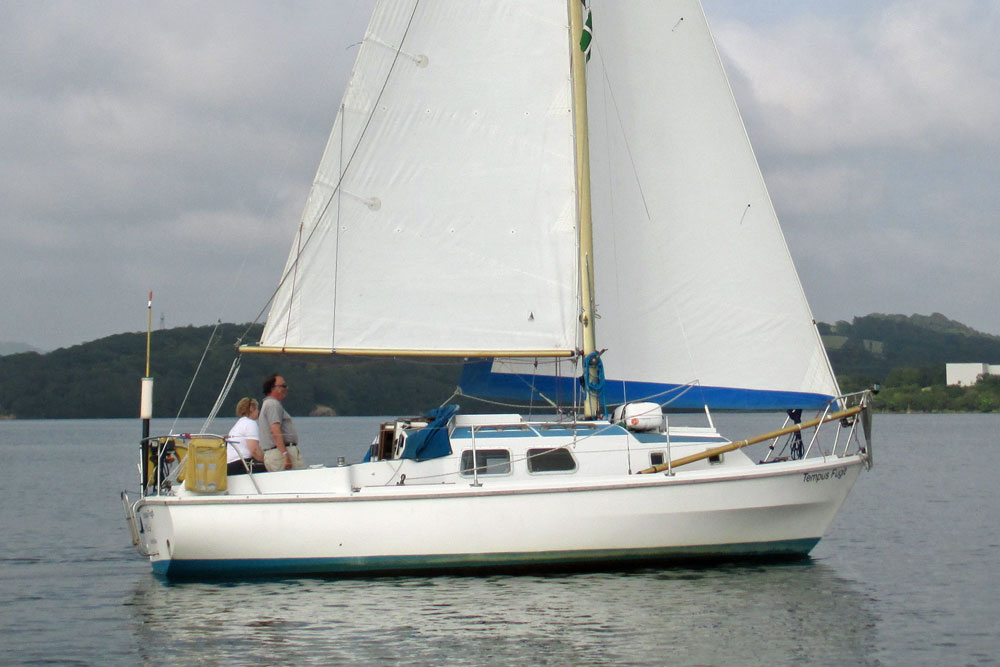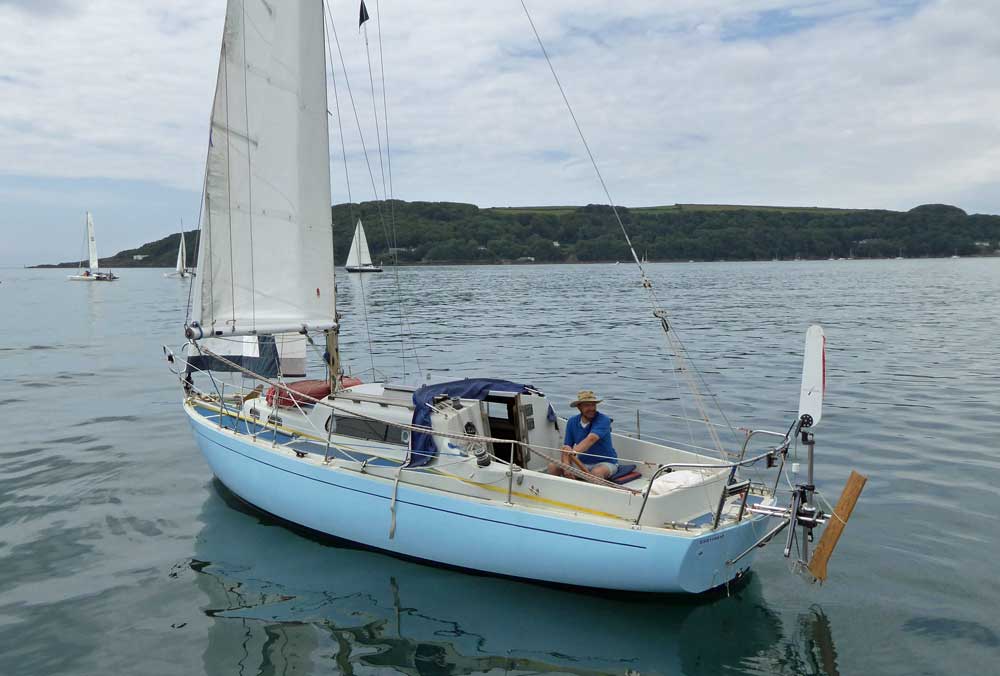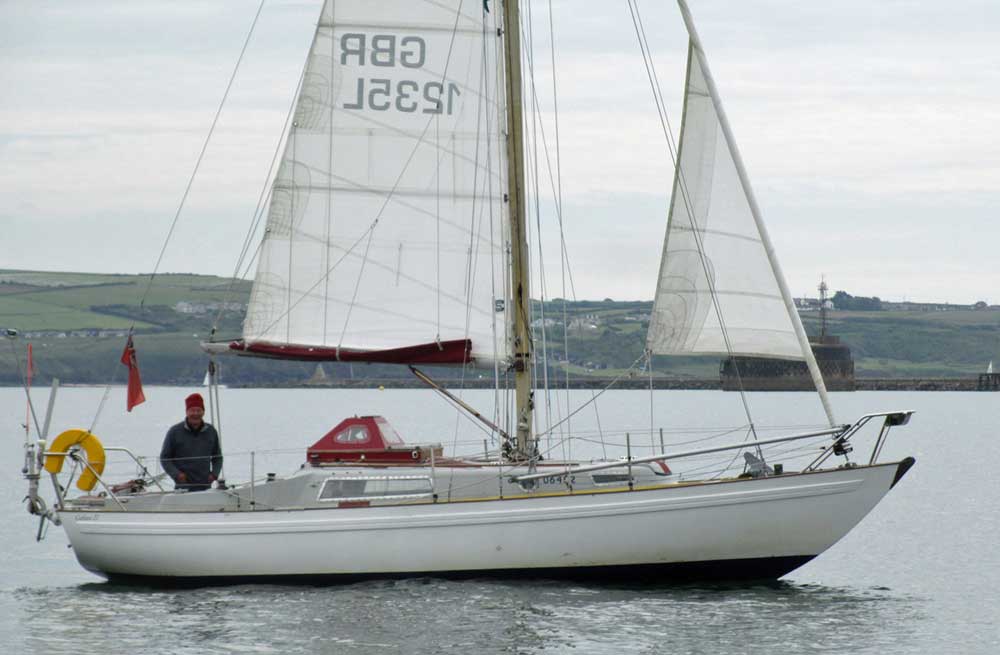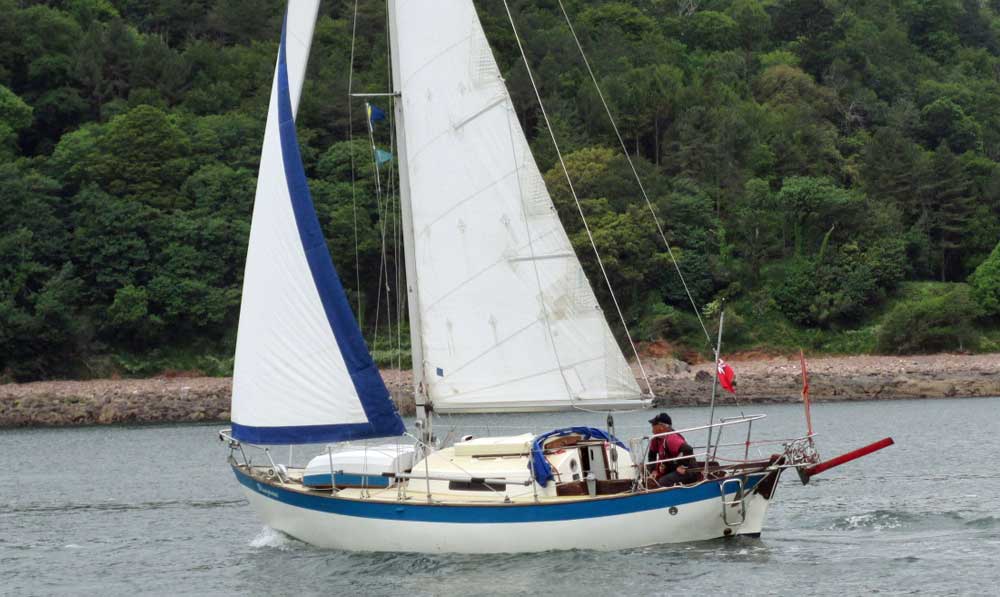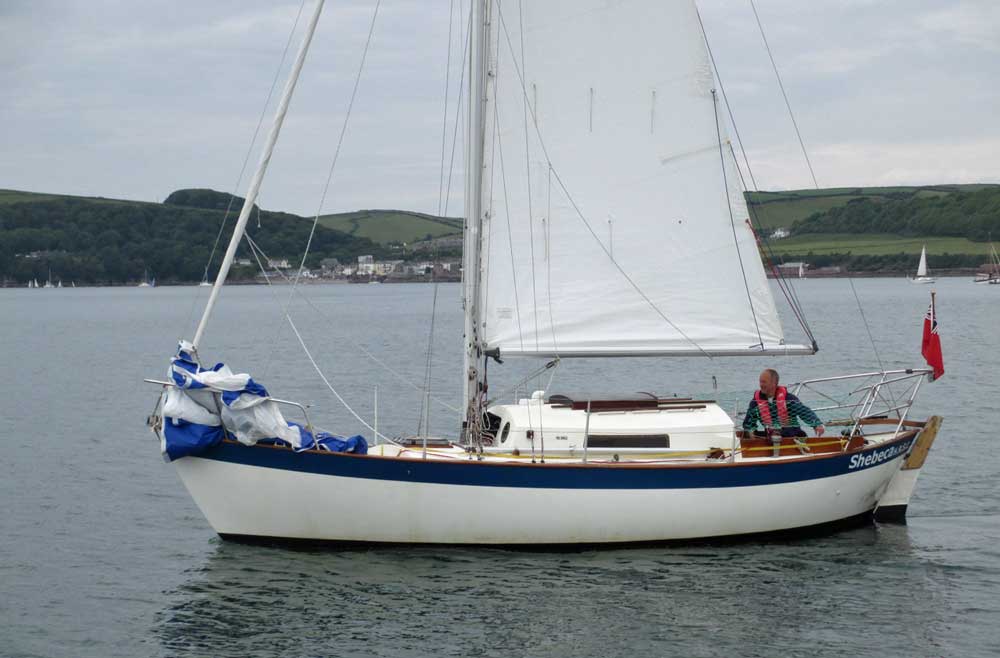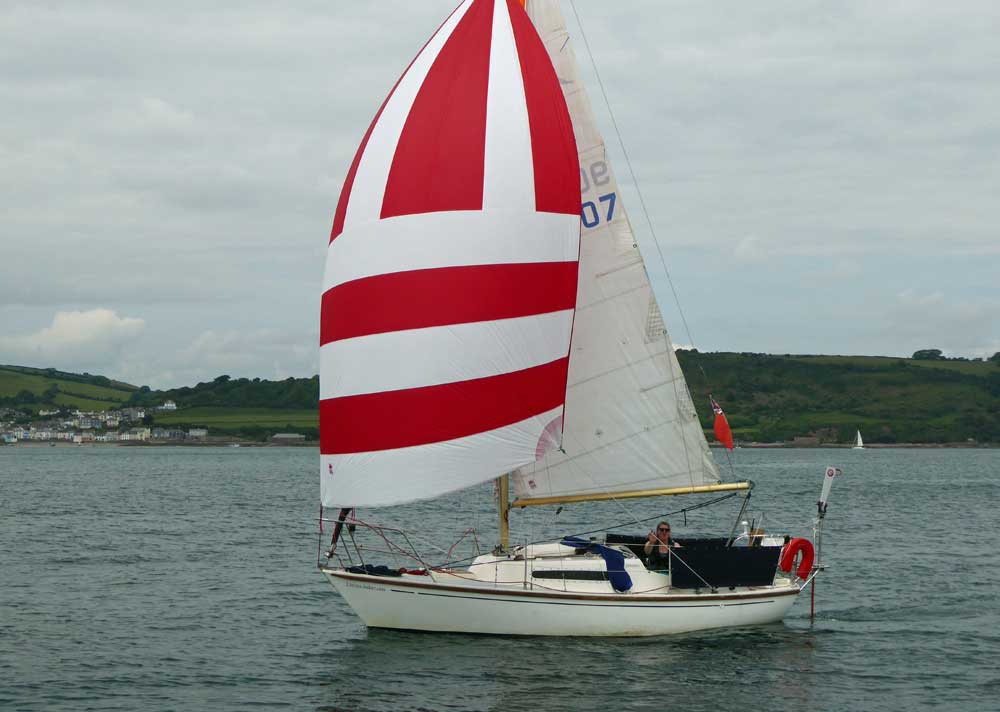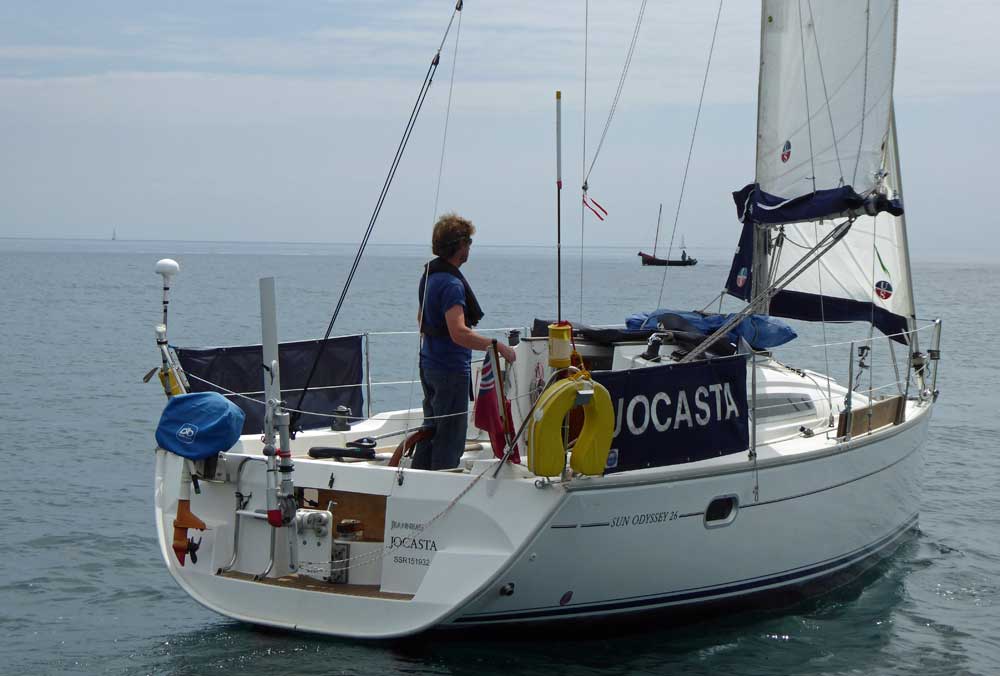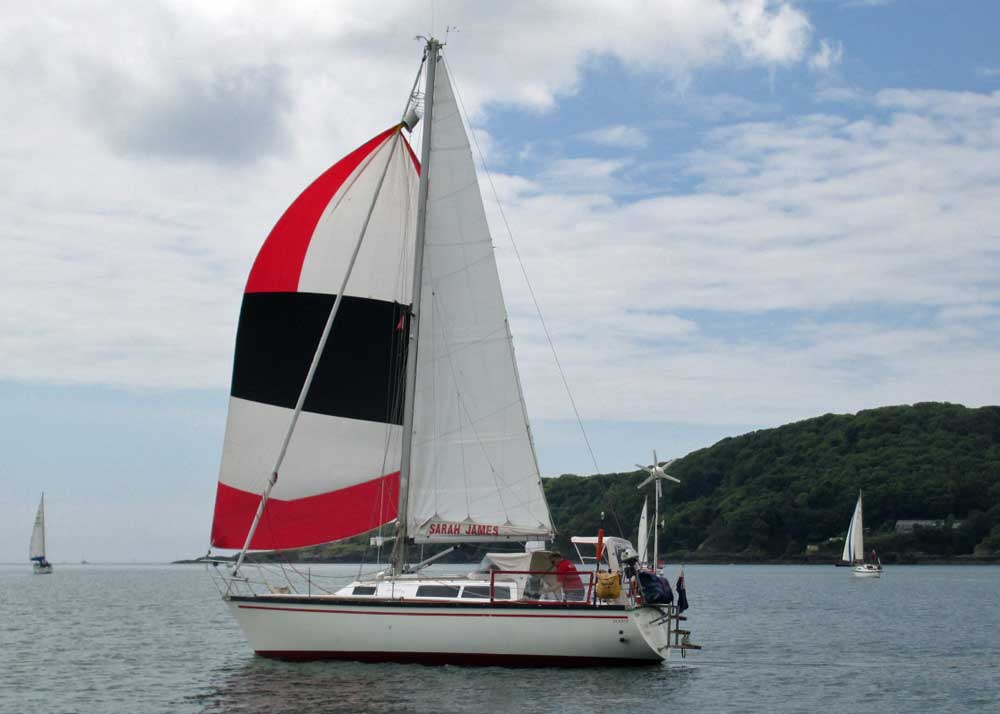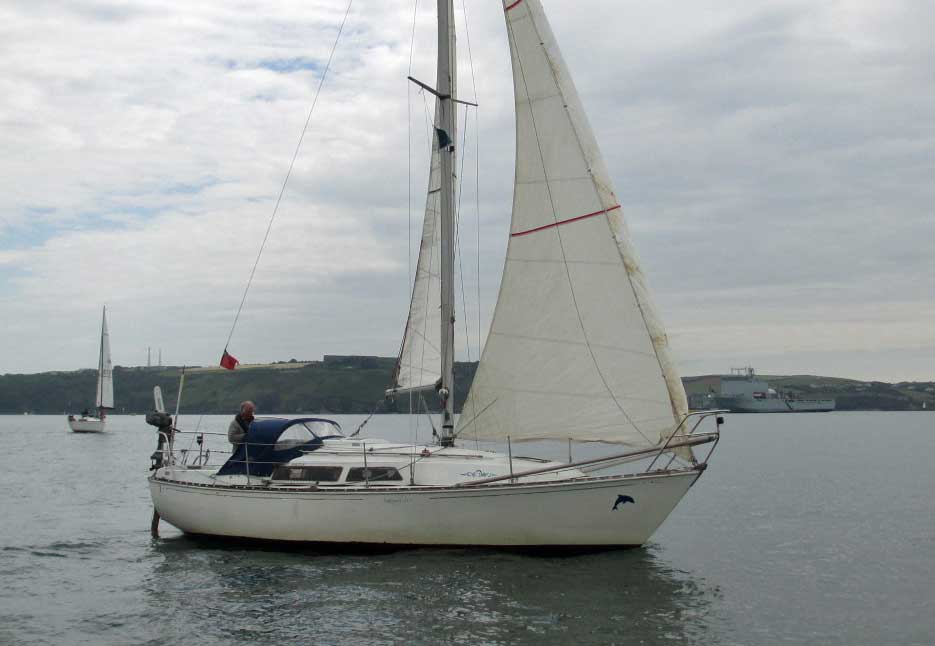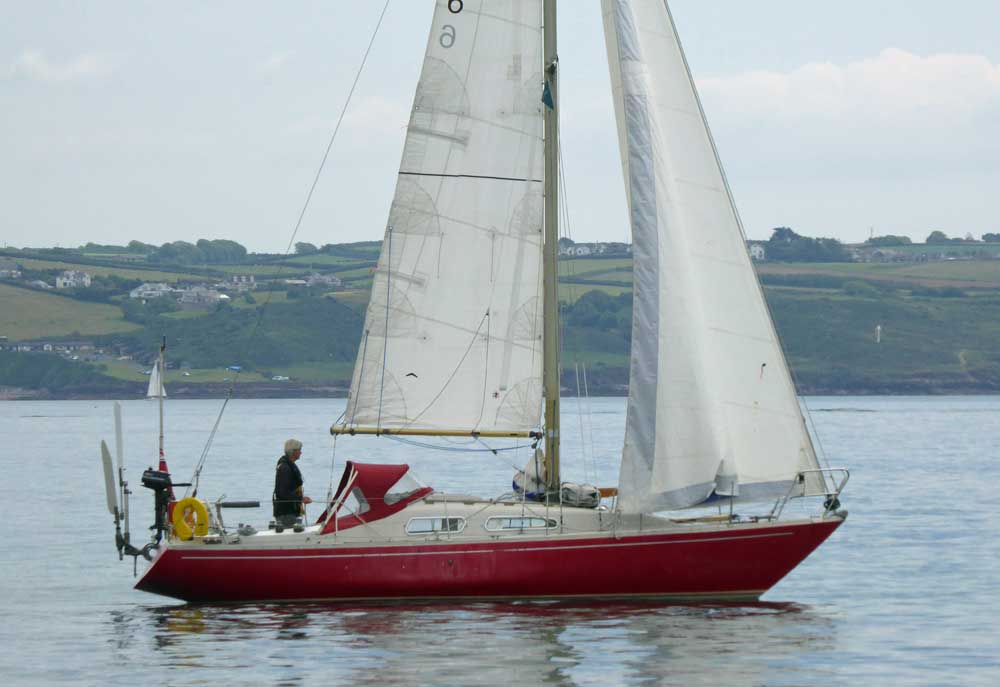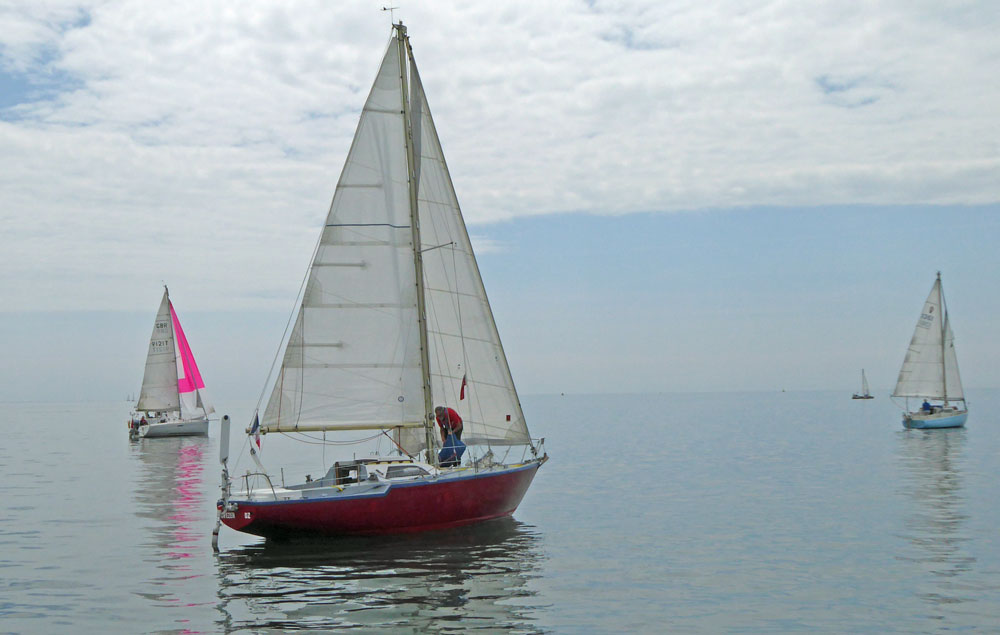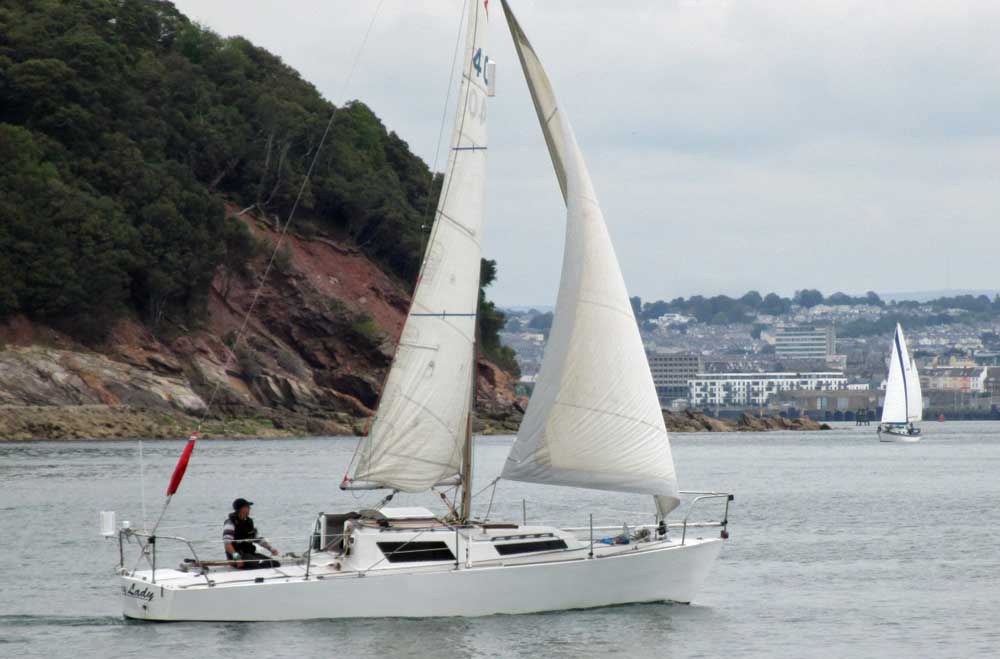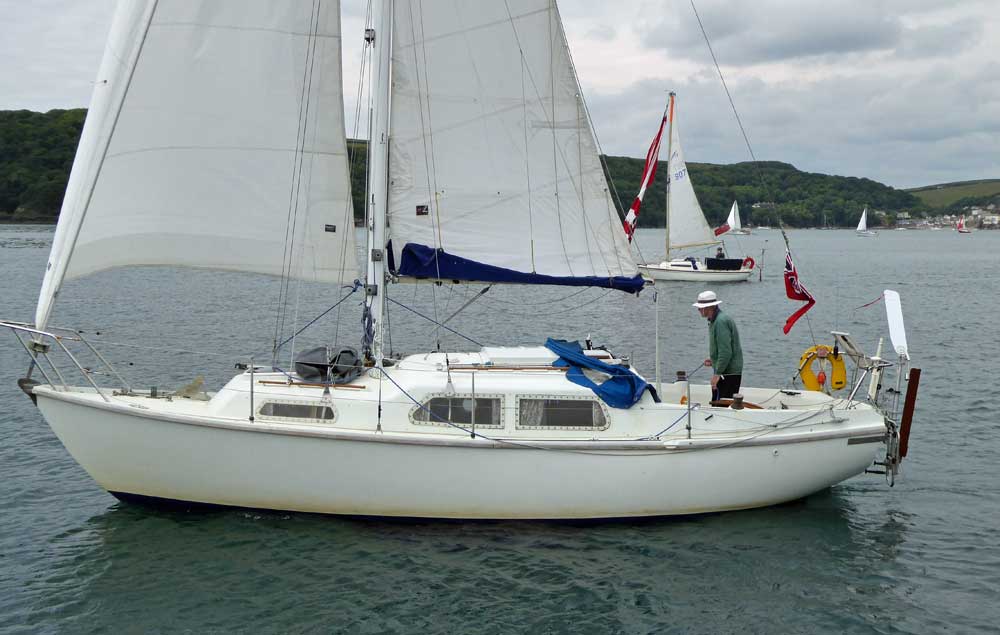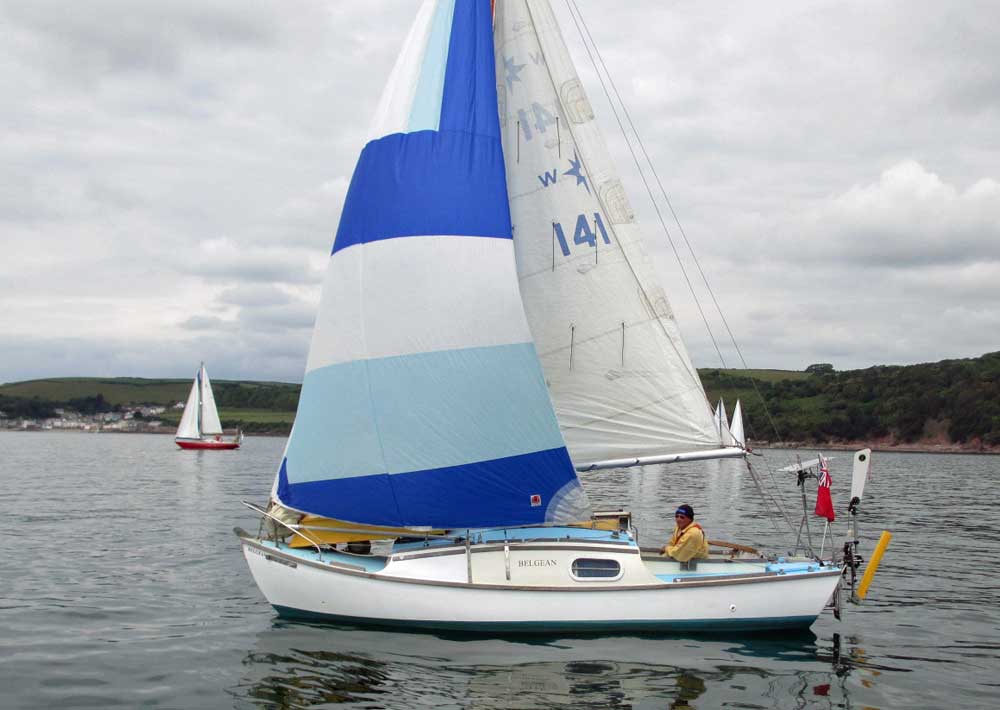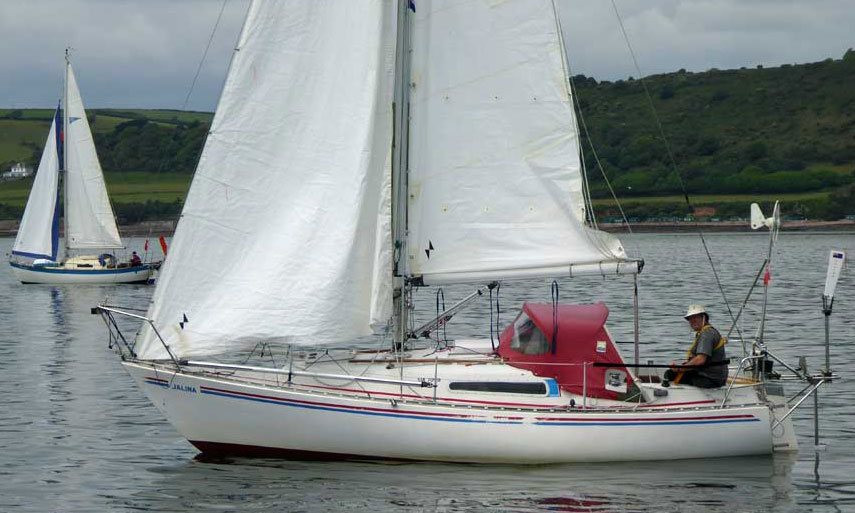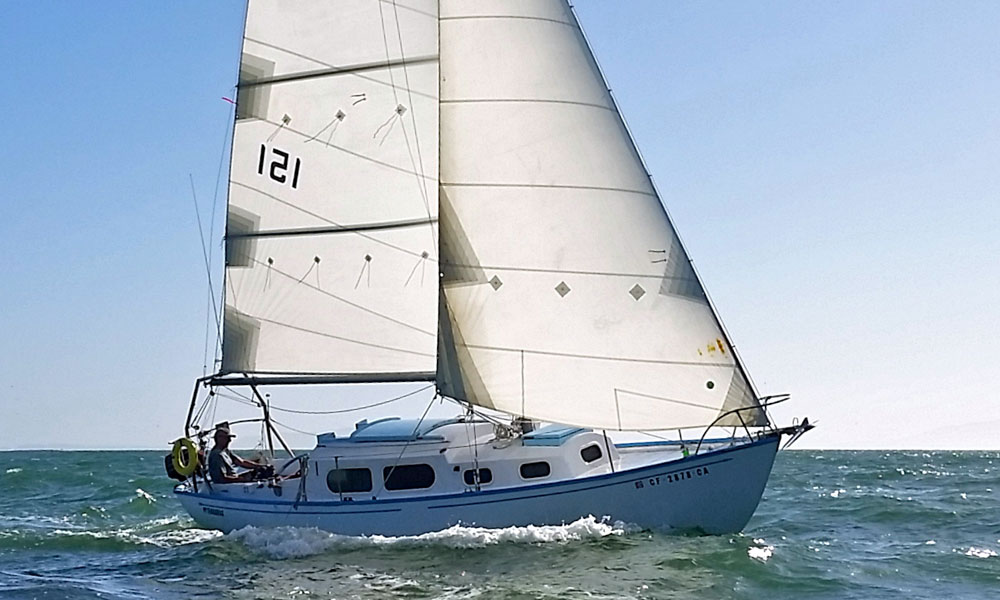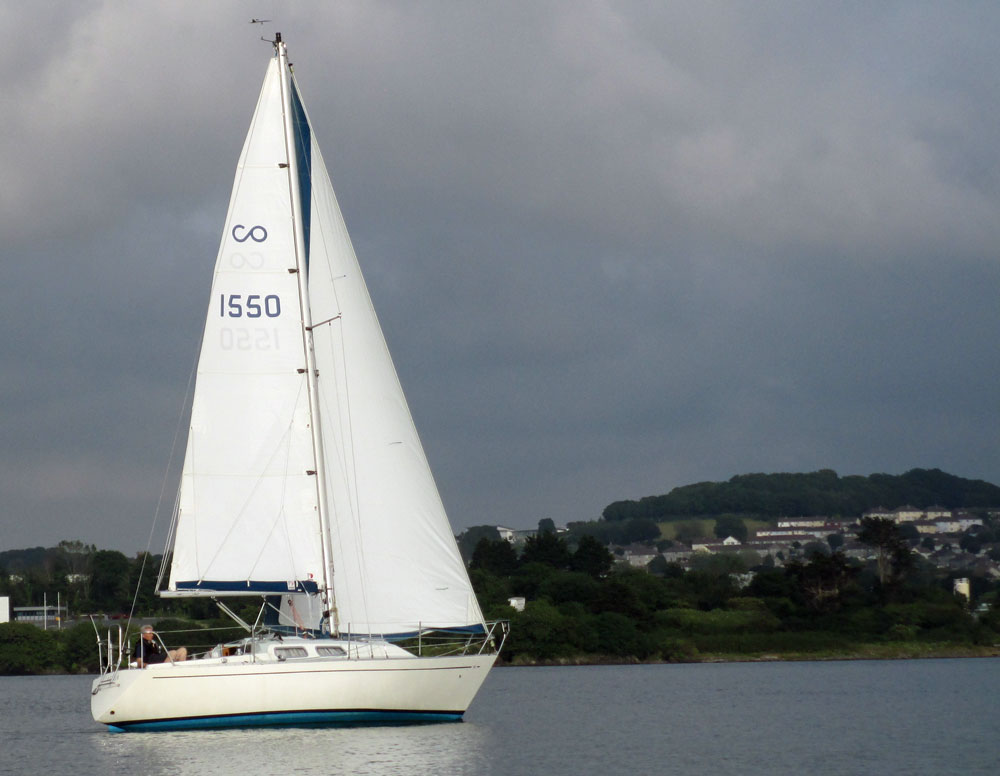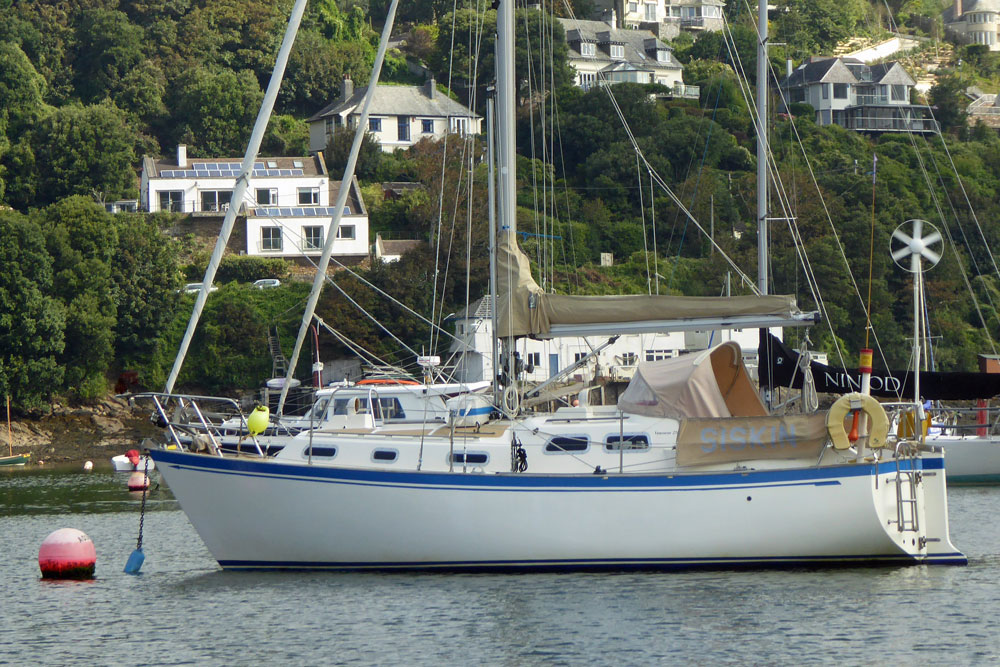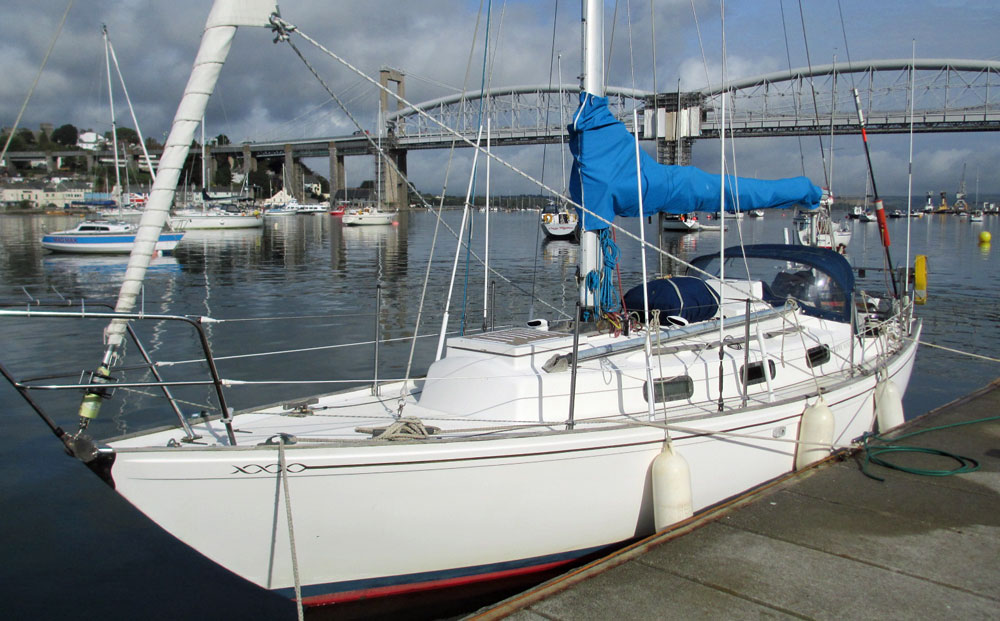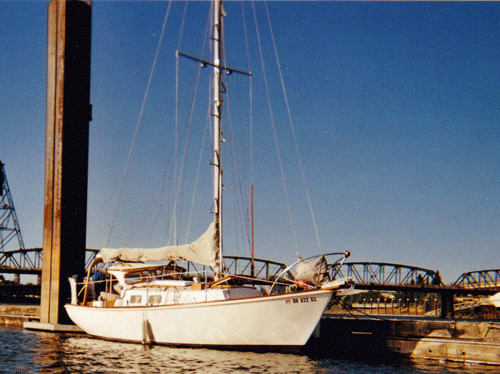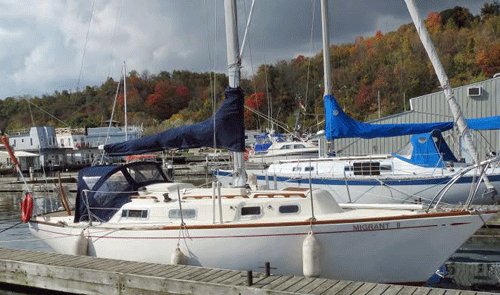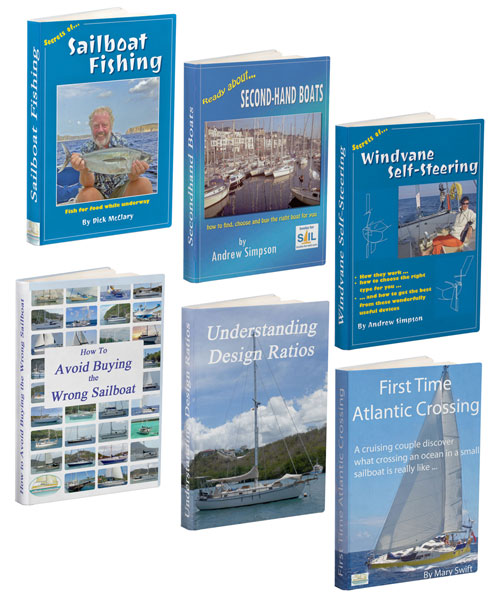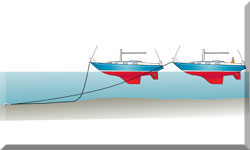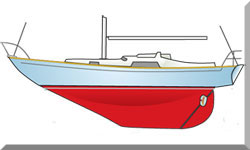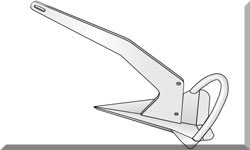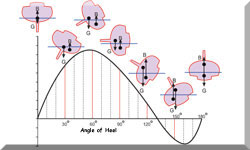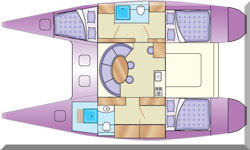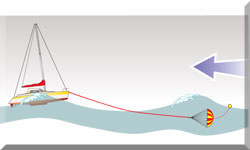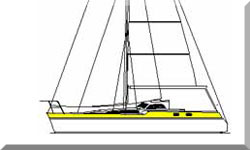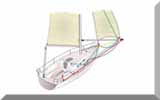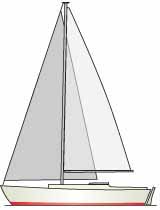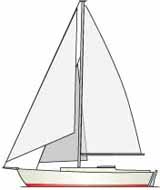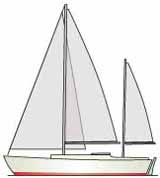- Home
- Cruiser Yachts under 30'
Popular Cruiser Yachts Under 30 Feet Long Overall
Specs & Key Performance Indicators
Small cruiser yachts like these are ideal for pottering along the coast but, properly equipped and in the right hands of course, are capable of impressive offshore passages.
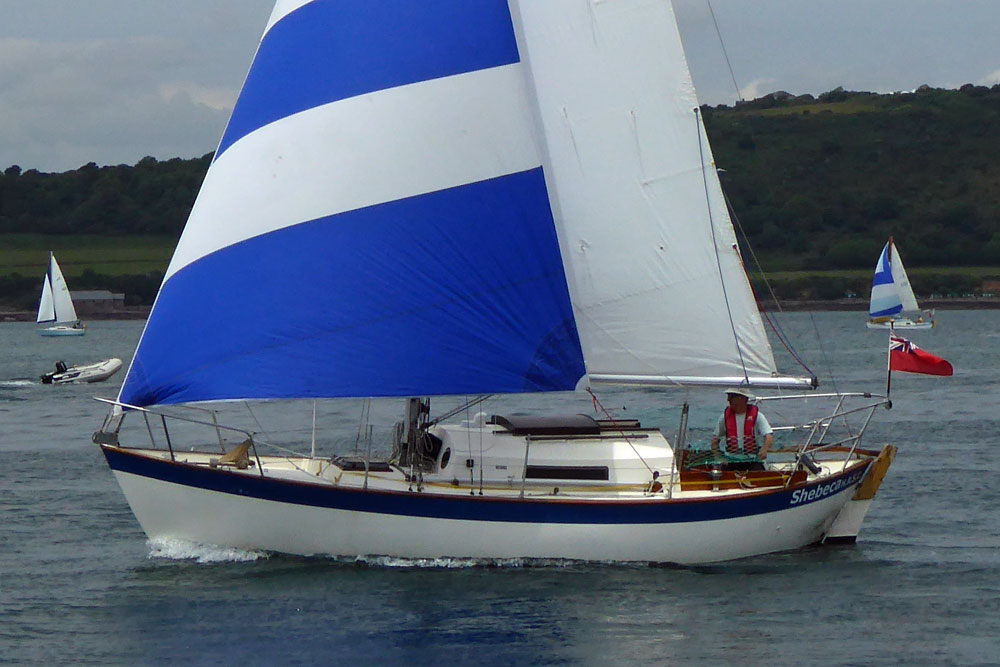 The Victoria 26, a prime example of a small cruiser yacht with big ambitions
The Victoria 26, a prime example of a small cruiser yacht with big ambitionsOne of the biggest attractions of a sub-30-footer is the price. These boats are more affordable to purchase, maintain, and moor than their larger counterparts.
Handling is another major benefit. Smaller yachts are easier to manoeuvre. Whether you're sailing solo, with a partner, or new to cruising, a smaller boat is less intimidating. Docking, navigating tight channels, and even dealing with rough weather becomes more manageable.
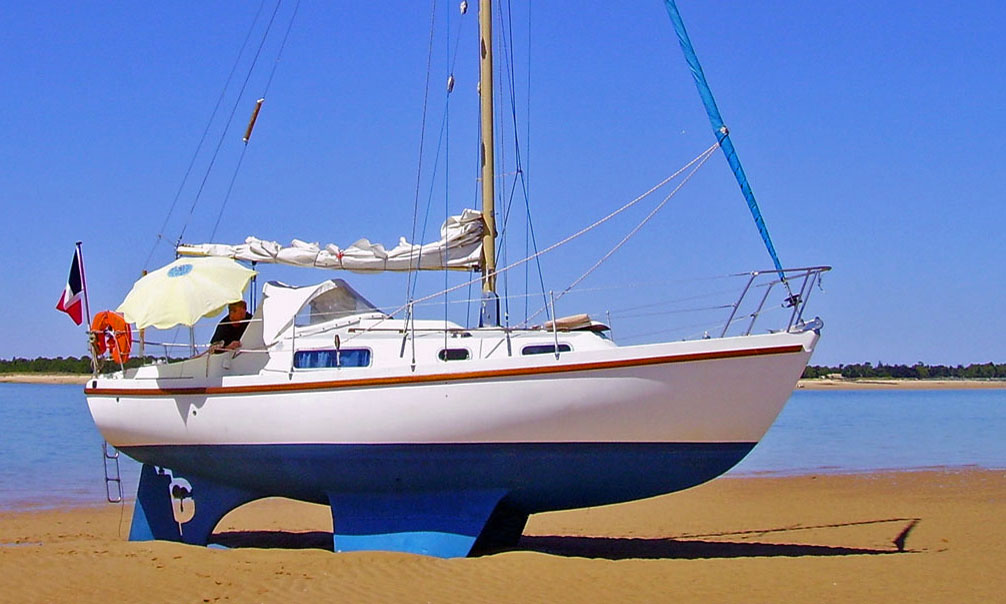 The shallow draft Macwester 27 can dry out safely on its bilge keels
The shallow draft Macwester 27 can dry out safely on its bilge keelsImagine exploring hidden coves and shallow bays that larger boats can't reach. That's the charm of a shallow draft. Many under-30-footers have a shallow draft, allowing you to anchor closer to shore and explore inland waterways, uncovering secret spots off the beaten path.
Fuel efficiency is another advantage. Smaller boats mean smaller engines, which consume less fuel. This is good news for your wallet and the environment.
Of course, it's important to be realistic about the limitations of smaller yachts. Space is limited, making extended cruises or trips with a larger crew a bit cramped. You'll need to think carefully about what you bring aboard and how to organize your gear.
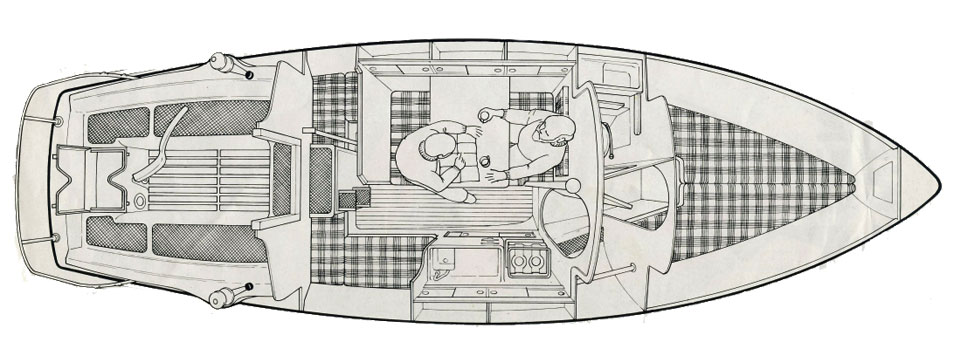 Typical accommodation layout in a 26-footer from the 1970's. This one's a Westerly Centaur.
Typical accommodation layout in a 26-footer from the 1970's. This one's a Westerly Centaur.Comfort can also be a trade-off. Headroom is likely to be tight, the galley will be basic, the shower might be of the solar bag in the cockpit type and the head could well be of the 'bucket-and-chuck-it' variety. While some smaller boats are cleverly designed to maximize space, they certainly won't offer the same level of comfort as larger yachts.
Seakeeping is another consideration. Smaller boats are more susceptible to motion in rough seas, which can be tiring and lead to seasickness. Careful weather planning is essential.
Don't expect to break any speed records. Slower speeds are a natural consequence of a shorter waterline. While you can still make good progress, you won't zip across the water like you would in a larger boat.
Finally, range can be a limiting factor. Smaller tanks for water and fuel, combined with less storage for provisions, can restrict how far you can go and how long you can stay out. Careful planning of resupply points is key for longer journeys.
So, is a sub-30-foot cruising yacht right for you? It depends on your priorities. If you value affordability, ease of handling, and access to shallow waters, and you're willing to embrace a minimalist approach to cruising, then a smaller yacht can be a fantastic choice. But if you crave more space, comfort, and speed, or plan on sailing with a larger crew, you might be better off with a larger vessel.
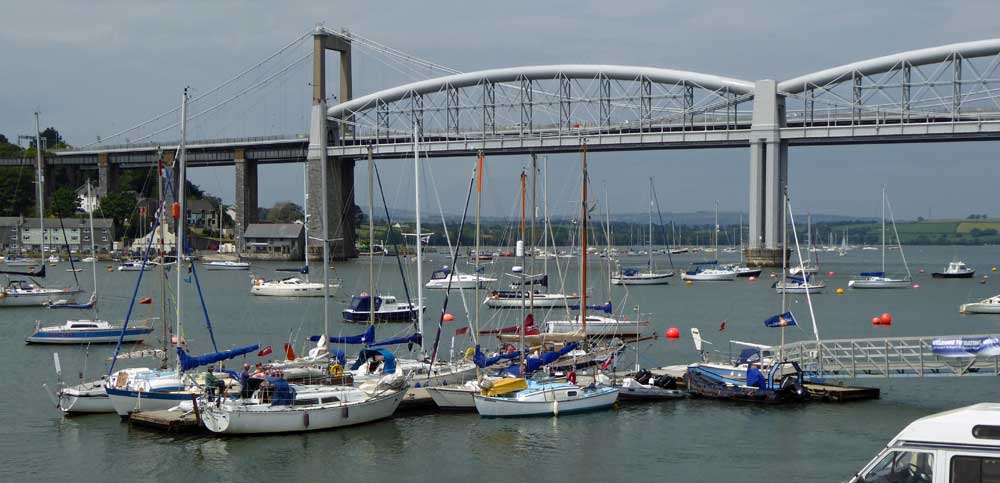 Competitors for the Jester Challenge assemble at the Tamar River Sailing Club
Competitors for the Jester Challenge assemble at the Tamar River Sailing ClubMany of the cruiser yachts in this category would be ideal for the single-handed Jester Challenge - in fact many have done just that, and those that have are marked with an asterisk*.
It's not at all surprising that almost all of the Jester Challenge cruiser yachts sport a windvane self-steering system...
Cruiser yachts under 30ft featured on this page...
A to L
M to Z
Behind each of the images there's a lot more information, including:
- Dimensions & Specifications;
- Design Ratios;
- A summary analysis of the boat's predicted sailing characteristics in terms of performance, stiffness, heaviness, comfort in a seaway and resistance to capsize.
To see it, just click on the image...
Westerly Cirrus 22
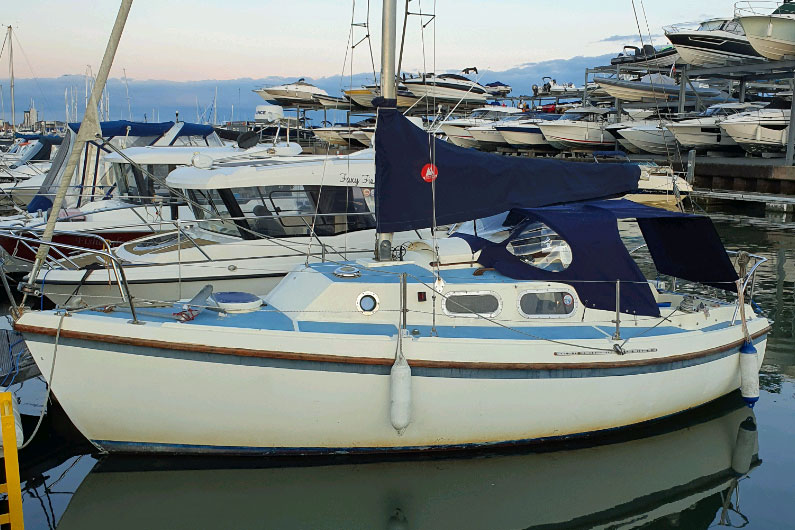
Beneteau First 28
Great Dane 28
Ericson 28.5
Macwester 27
Albin Vega 27*
Next: Cruiser yachts 30—35ft LOA >>>>
Recent Articles
-
Small Boat Radar Systems: Your Questions Answered
Apr 13, 25 06:40 AM
Whatever your question about small boat radar systems, you're very likely to find the answers here... -
How a Marine EPIRB Can Get You into Trouble, As Well As Out Of It
Apr 12, 25 05:51 PM
Activating a marine EPIRB or a Personal Locator Beacon (PLB) when you're not in distress can get you in big trouble with the Coastguard, as this cautionary tale relates. -
What is an EPIRB?
Apr 12, 25 05:43 PM
Got any EPIRB-related questions? You're almost certain to find the answers here...
